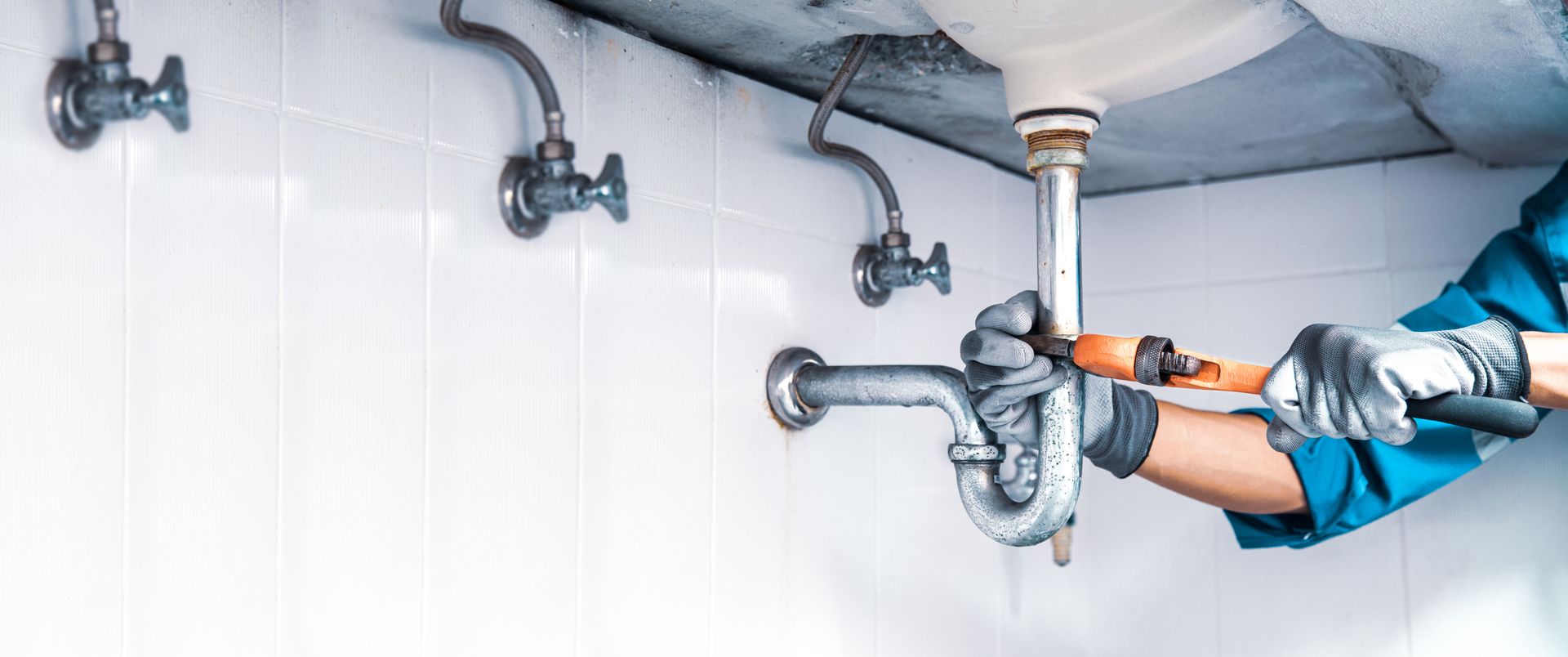Contact Us
Send Message
Ipad Contact Form
We will get back to you as soon as possible
Please try again later

Understanding the Causes of Commercial Water Damage
Water is both a necessary resource and, ironically, one of the most typical causes of damage in commercial settings. For property managers and business owners, the threat of water damage looms large, presenting not only a safety hazard but also significant financial and operational risks. Understanding the root causes of water damage is the first step towards proactive prevention and swift mitigation. In this comprehensive guide, we'll explore the various scenarios that can lead to commercial water damage, the impact on businesses, and the crucial preventive measures and strategies that can significantly reduce your risk.
Common Causes of Commercial Water Damage
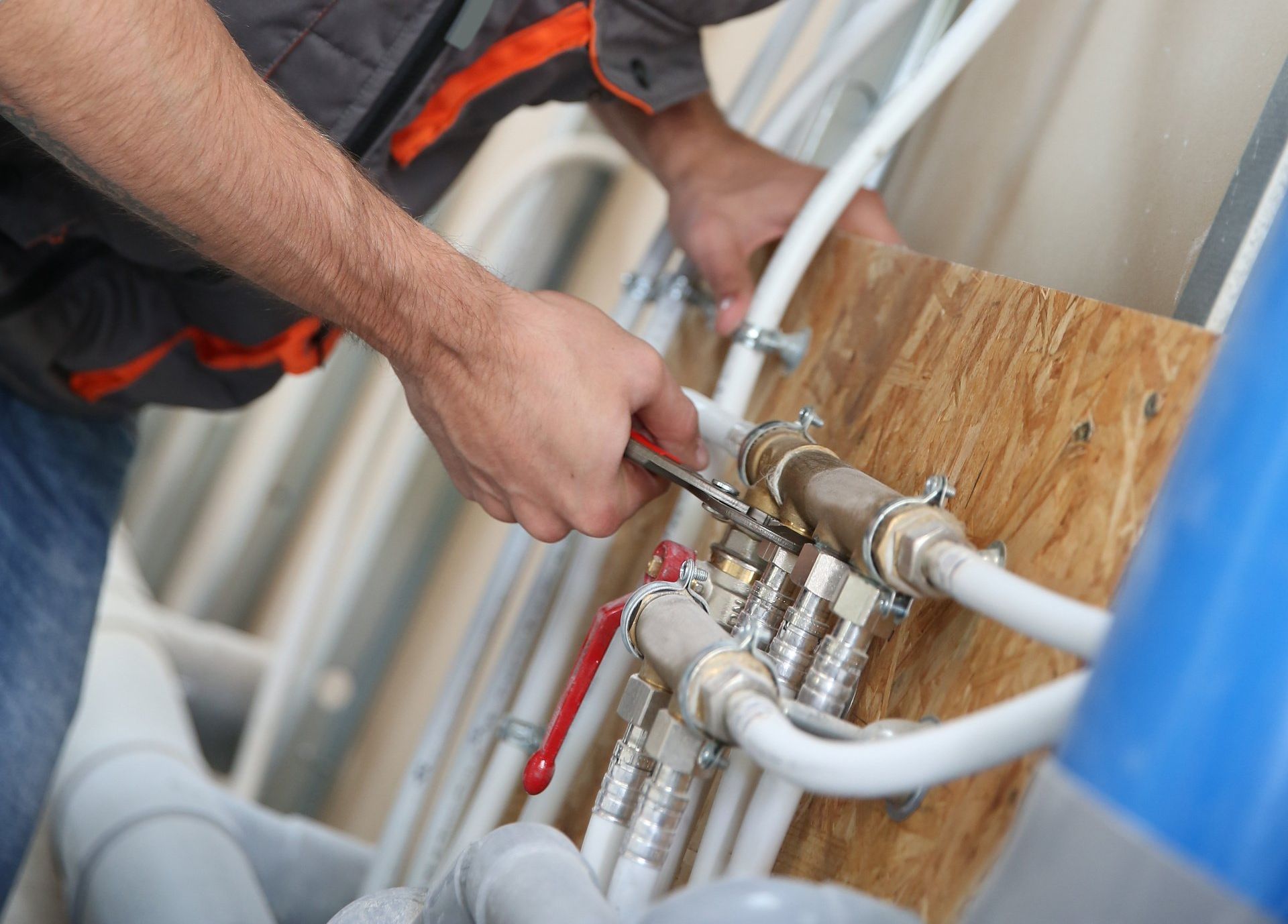
Water damage can originate from a multitude of sources, each posing its own unique set of challenges. Here are the most common culprits found in commercial properties:
Plumbing Issues
Plumbing malfunctions are among the top contributors to commercial water damage. They can range from leaking pipes and loose fittings to major bursts that can flood entire floors within minutes. Older buildings are particularly at risk, where the plumbing infrastructure may be aged or inadequate for current usage levels.
Roof Leaks
Roof leaks present another significant risk for water damage in commercial properties. Often going unnoticed until the problem becomes severe, a leaky roof can compromise the structural integrity of a building and lead to costly repairs. Varied factors, such as weathering, structural damage, or improper roofing installation, can contribute to roof vulnerabilities. Regular roof inspections are vital to identify potential issues like cracked shingles or damaged flashing before they lead to internal water damage. Additionally, ensuring proper drainage and clearing debris from gutters and downspouts can mitigate the risk of water accumulating and seeping through the roof structure.
HVAC System Failures
Failure or malfunctioning of Heating, Ventilation, and Air Conditioning (HVAC) systems is another leading cause of water damage in commercial buildings. These complex systems, crucial for maintaining indoor climate control, can become a source of significant water leakage if not properly maintained. Condensation lines can get clogged, drain pans can overflow, or the system can start leaking refrigerant. Without regular maintenance checks, these issues can go unnoticed until water damage becomes apparent in the surrounding areas. Implementing scheduled commercial HVAC inspections and servicing is critical to ensure all components are functioning correctly and to fix any problems promptly, reducing potential water damage risks.
Weather-Related Events
Storms, hurricanes, and even heavy rainfall can overwhelm drainage systems and expose vulnerabilities in a building's exterior. Flash floods and rising waters can breach the building envelope, bringing in contaminants and causing extensive damage.
Appliance Malfunctions
Malfunctioning appliances such as water heaters, air conditioning units, and dishwashers can fail unexpectedly, leading to the discharge of large volumes of water. Regular servicing and timely replacements of older equipment can prevent these incidents.
Poor Maintenance Practices
Neglected or infrequent maintenance can turn small, manageable issues into major problems. Failure to address minor leaks or cracks in the foundation can lead to a domino effect, as water seeks the path of least resistance and exacerbates existing structural weaknesses.
Impact of Water Damage on Businesses
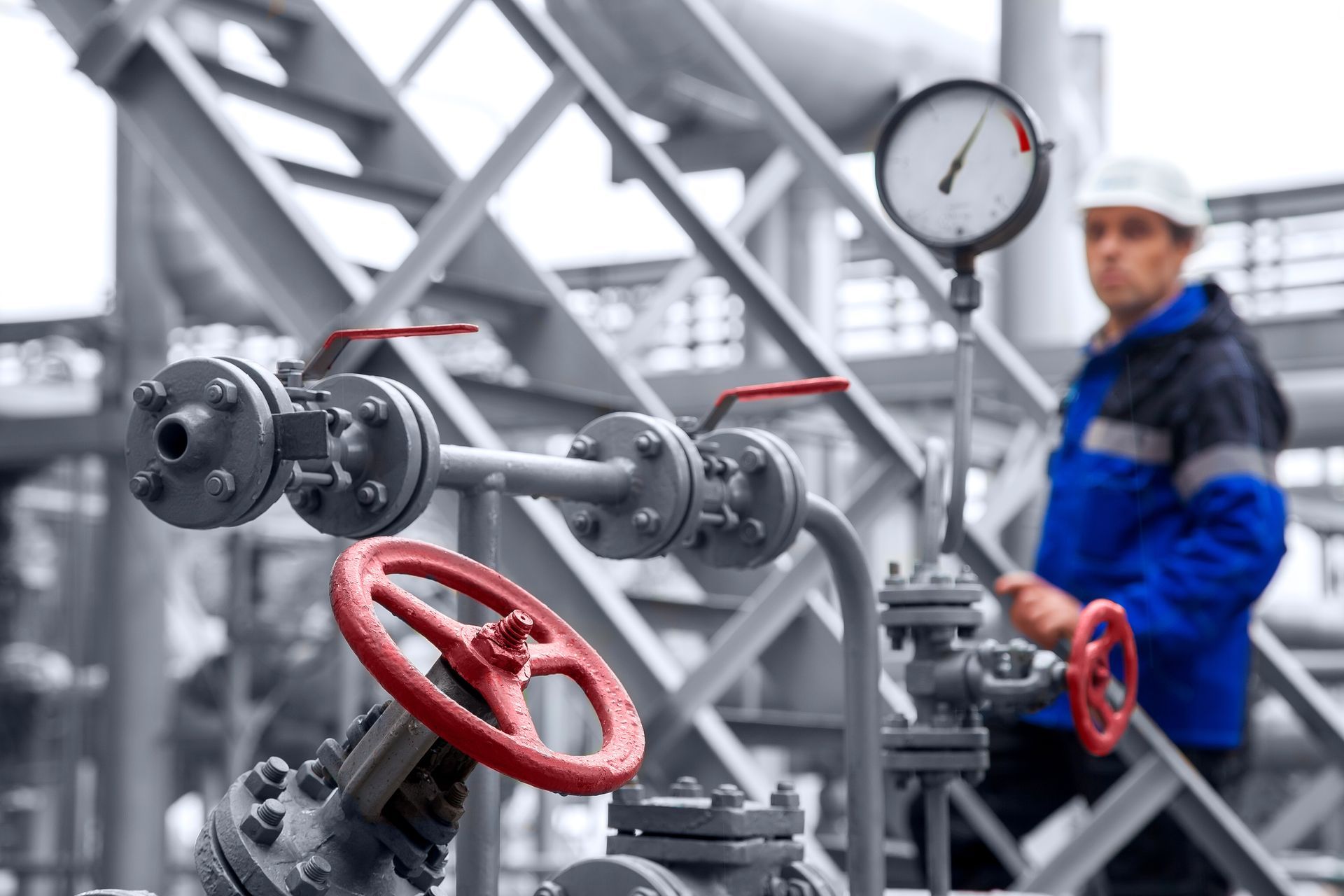
The toll of water damage on commercial enterprises can be devastating and multifaceted. Beyond the immediate visible damage, there are ripple effects that can severely disrupt operations and strain financial resources.
Financial Loss
The costs associated with water damage restoration, replacement of equipment, and reconstruction can quickly add up. Additionally, businesses may face increased insurance premiums and, in some cases, liabilities associated with affected inventory or equipment.
Operational Disruption
When a commercial property is affected by water damage, it often leads to a temporary closure, or at the very least, a disruption in normal business operations. This can result in lost revenue, missed opportunities, and damage to your brand's reputation.
Property Damage
Water damage, if not addressed promptly, can lead to irreversible damage to the building's structure and interior, necessitating extensive repairs. It can also damage electrical systems, compromising employee and customer safety.
Health and Safety Risks
Standing water can become a breeding ground for bacteria and mold, posing health risks to anyone in the vicinity. Rapid drying and sanitation are essential to mitigate these hazards and ensure a safe and healthy work environment.
Preventive Measures for Commercial Water Damage
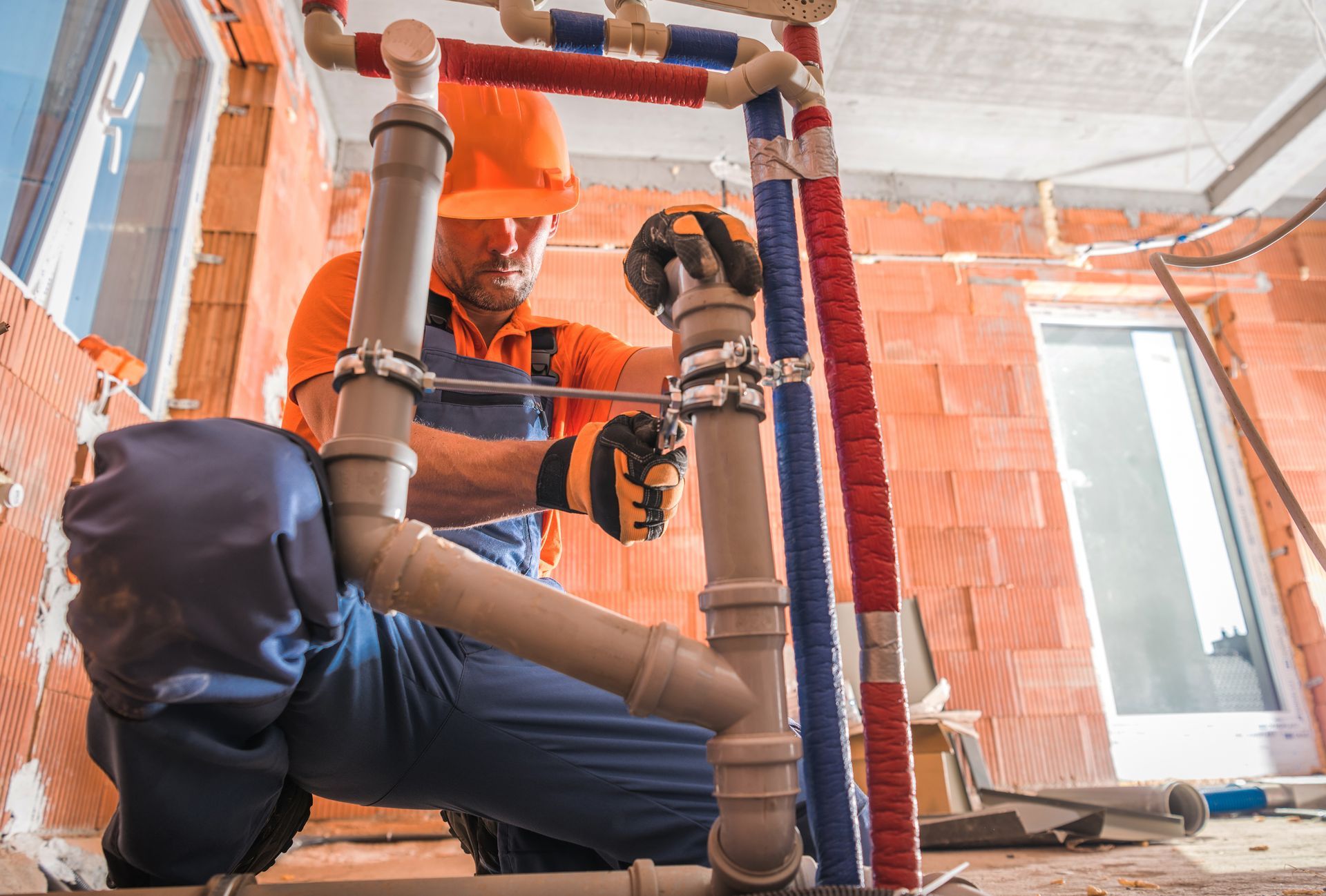
Taking proactive steps to fortify your commercial property against water damage is a sound investment that can save you from much larger expenses down the line. The following preventive measures can significantly reduce the likelihood of water-related incidents:
Regular Inspections and Maintenance
Consistent monitoring and timely repair of your property’s water systems, roof, and infrastructure are imperative to prevent water damage. Engage qualified professionals to conduct regular inspections and ensure that all aspects of the building are in good repair. A comprehensive maintenance schedule should be implemented, which may include routine check-ups on plumbing, HVAC systems, roofing, and appliances. To ensure the highest standard of service and prompt response to any issues, we highly recommend that you schedule service from a local commercial plumber. Their expertise can prove invaluable in identifying potential problems and providing solutions before they escalate.
Proper Drainage Systems
Effective drainage can prevent water from pooling around your property, minimizing infiltration risks. Ensure gutters, downspouts, and grading are in place and functioning correctly to direct water away from your building.
Employee Training on Water Damage Response
Educate your staff on how to detect the early signs of water damage and the appropriate steps to take in response. Clear communication of emergency protocols can ensure a swift and effective first response.
Investing in Leak Detection Technology
Modern advancements in water detection technology can provide early warnings of leaks and potential failures in your plumbing or appliances. Smart sensors and automated shut-off systems are vital tools in a comprehensive defense strategy.
Mitigation Strategies for Water Damage
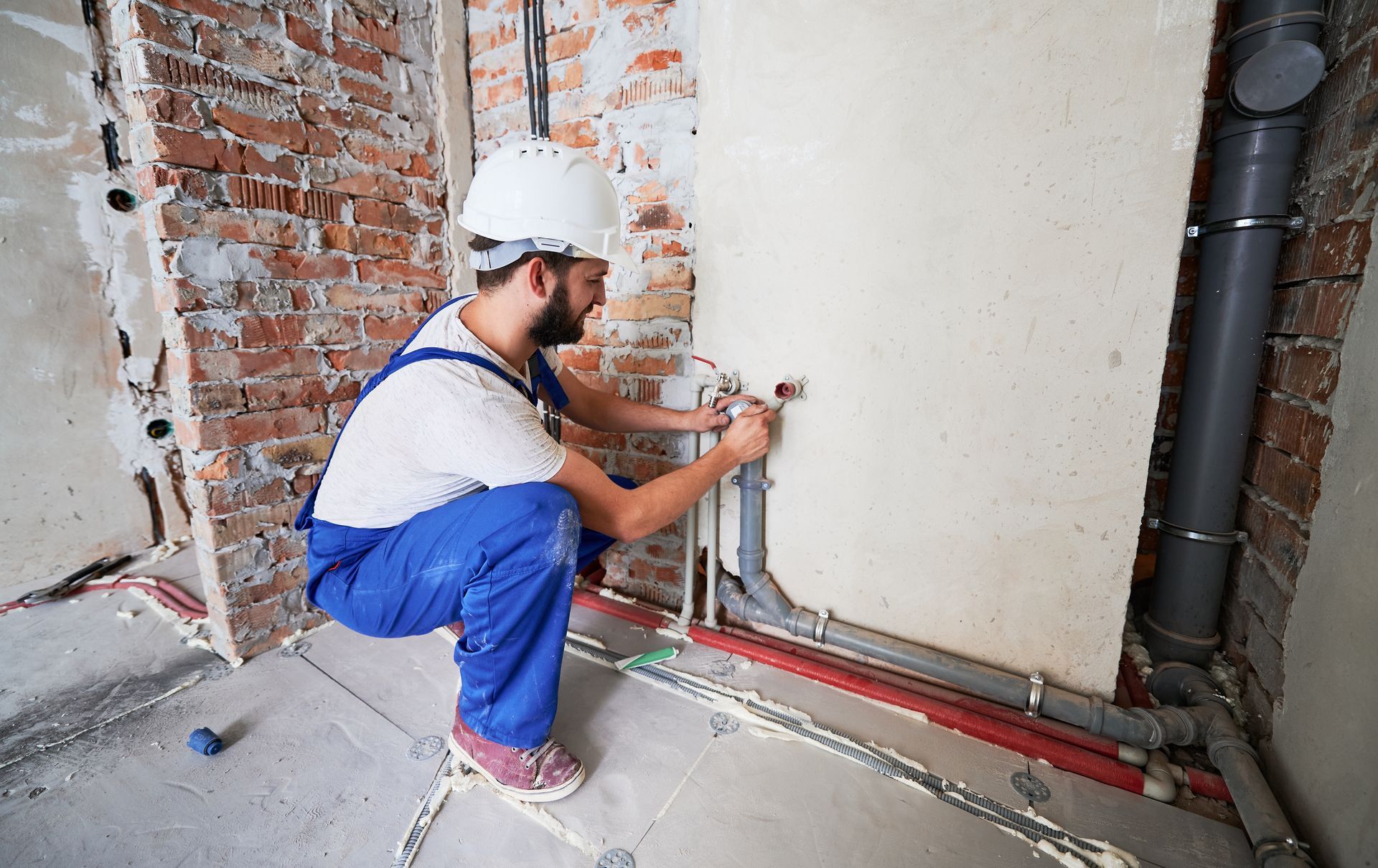
In the unfortunate event of water damage, swift and strategic action can help minimize the impact and accelerate the recovery process. Implement the following mitigation strategies to handle water damage emergencies effectively:
Immediate Response Protocols
Develop a clear plan for immediate response to water damage incidents. Quick action to stop the flow of water, assess the damage, and begin the drying process can help mitigate losses and prevent secondary damage.
Contacting Professional Restoration Services
Establish relationships with reputable professional restoration services in advance. They can provide expertise and equipment for efficient water extraction, drying, and dehumidification to restore your property as quickly as possible.
Salvaging and Restoration Techniques
With the right expertise and equipment, many items and parts of the structure affected by water damage can be saved. Techniques such as controlled drying, content cleaning, and mold remediation are critical parts of the restoration process.
Protect Your Business
Water damage can be one of the most distressing experiences for a business owner or property manager, but it is not an inevitability. By understanding the potential causes, staying vigilant through preventive measures, and having a plan in place for mitigation, you can significantly reduce your risk.
Remember, an investment in water damage prevention and preparedness is an investment in the longevity and resilience of your business. Proactive management of water-related risks not only protects your property, inventory, and equipment, but it also safeguards the well-being of your employees and customers.
Don't let water damage undermine your business's hard-earned success. Take charge of your commercial property's plumbing needs with Hurley Plumbing, Western MA's trusted plumbing specialists since 1975. Contact us today for a comprehensive evaluation and to schedule regular maintenance—because when it comes to protecting your investment, experience matters.

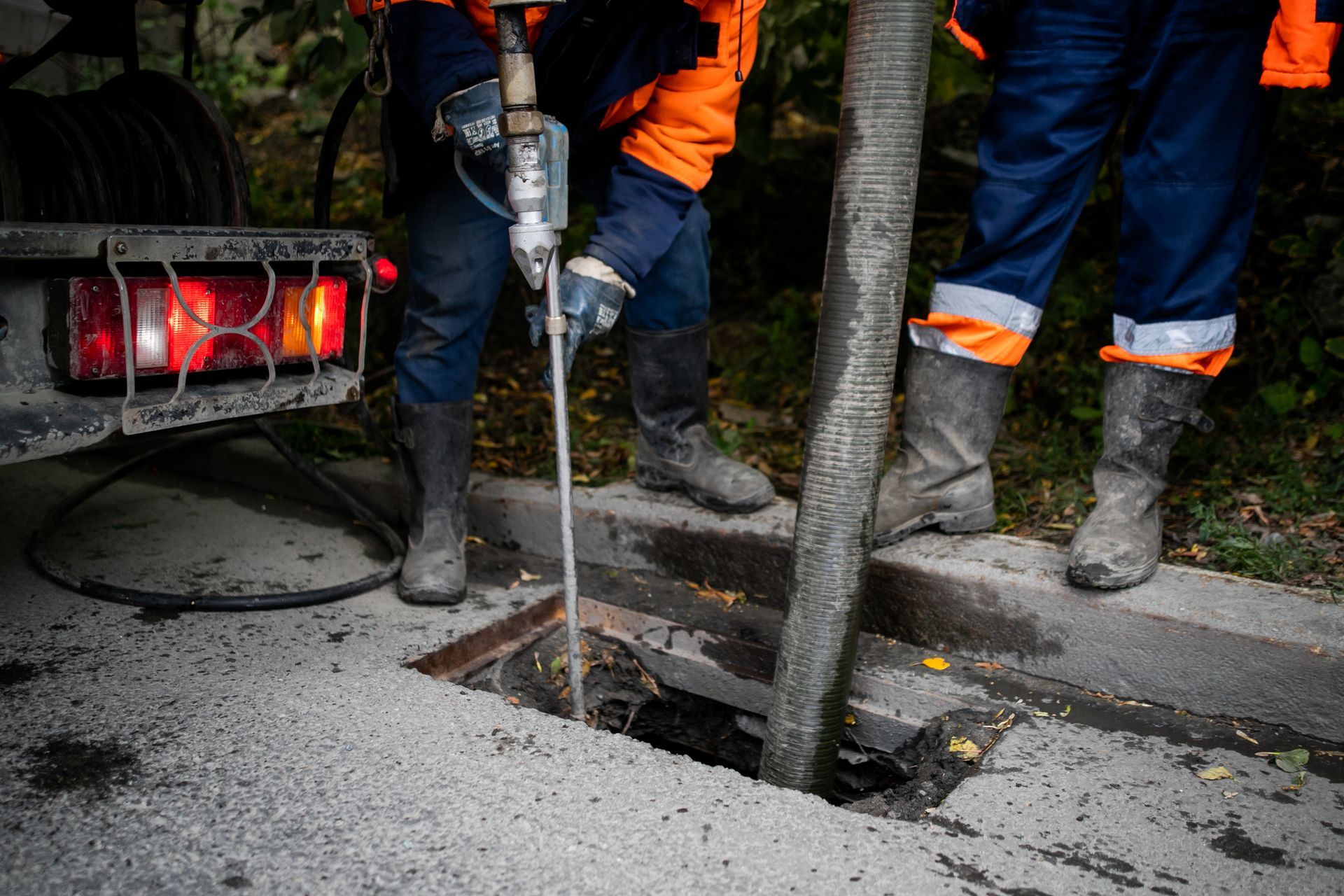


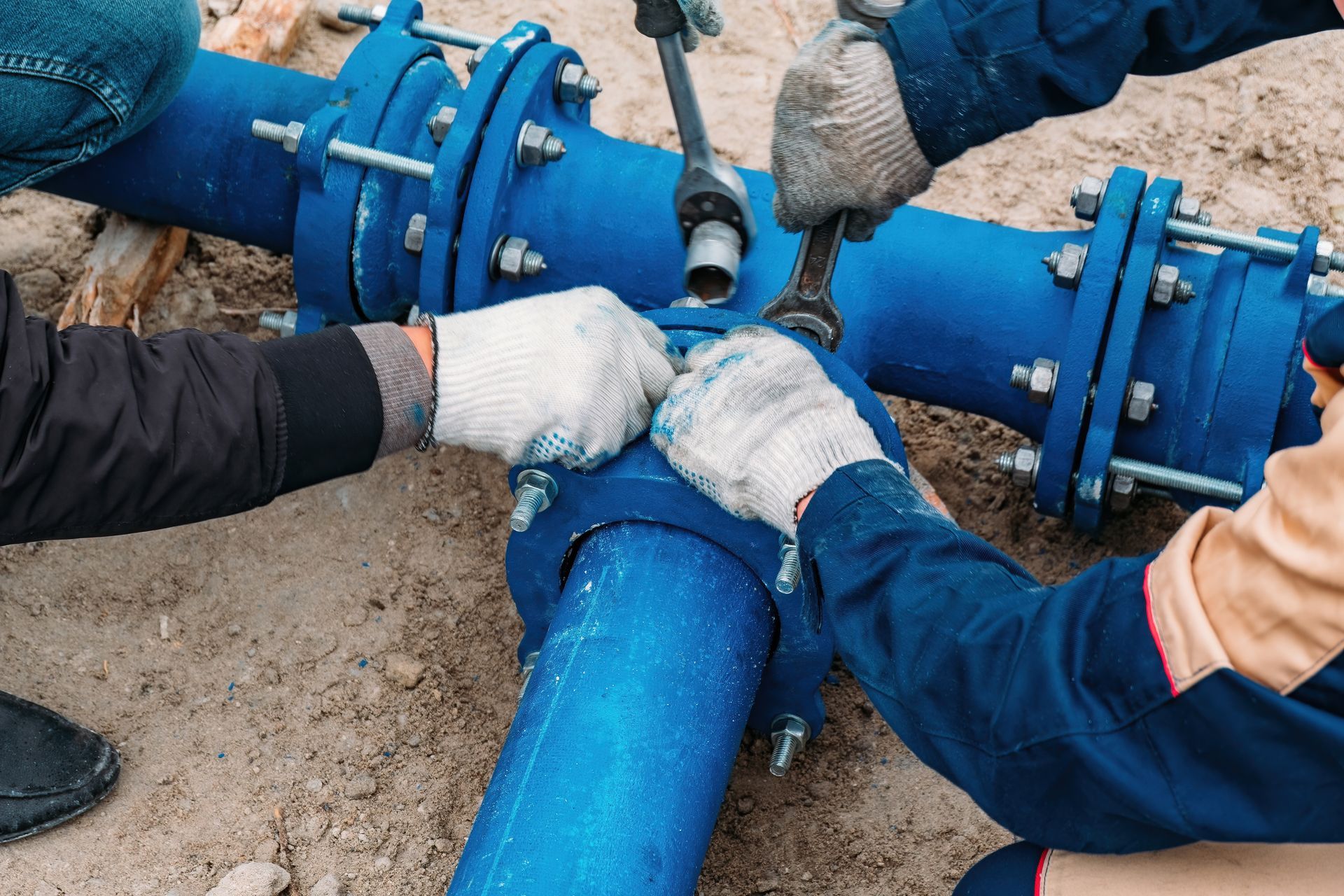
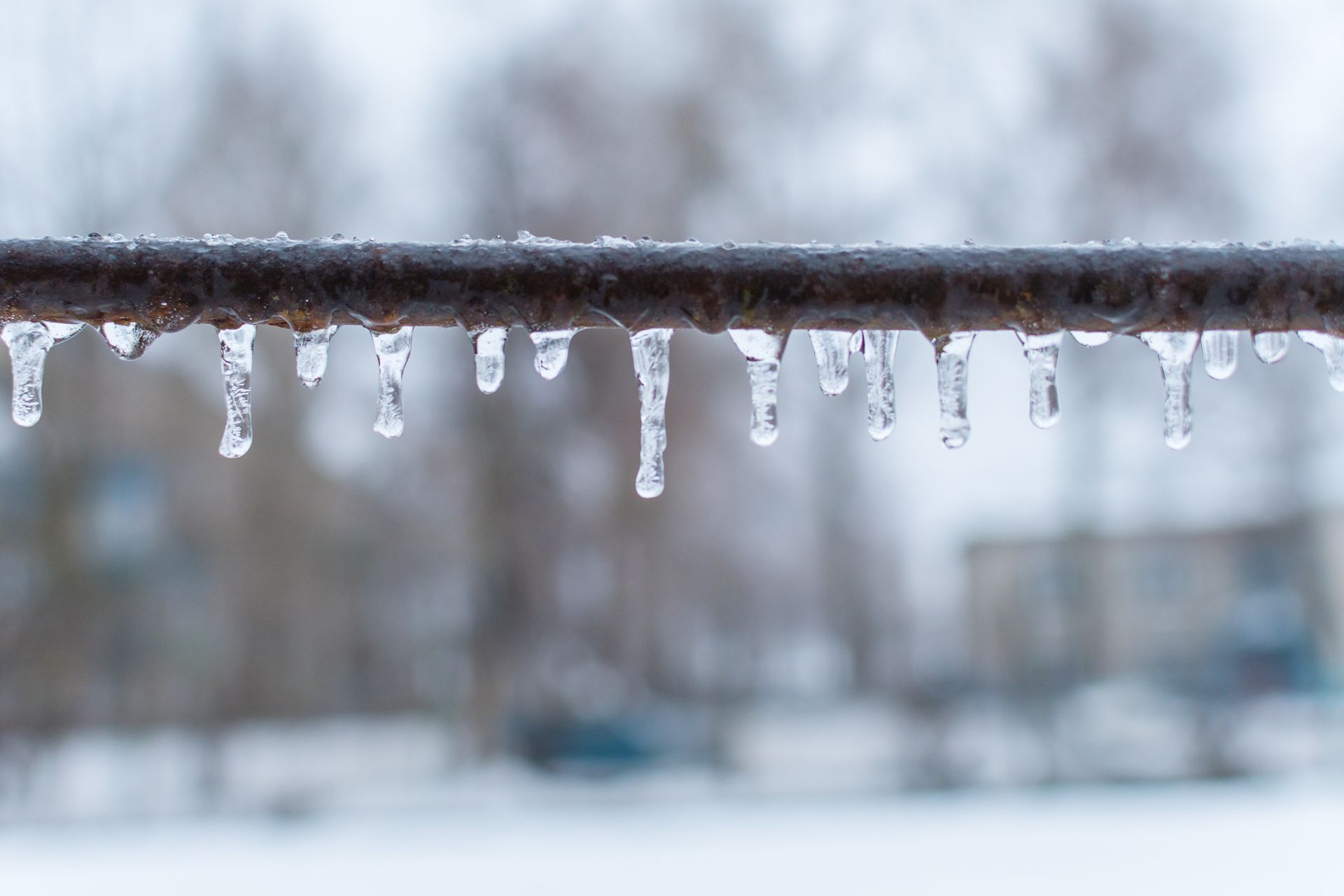
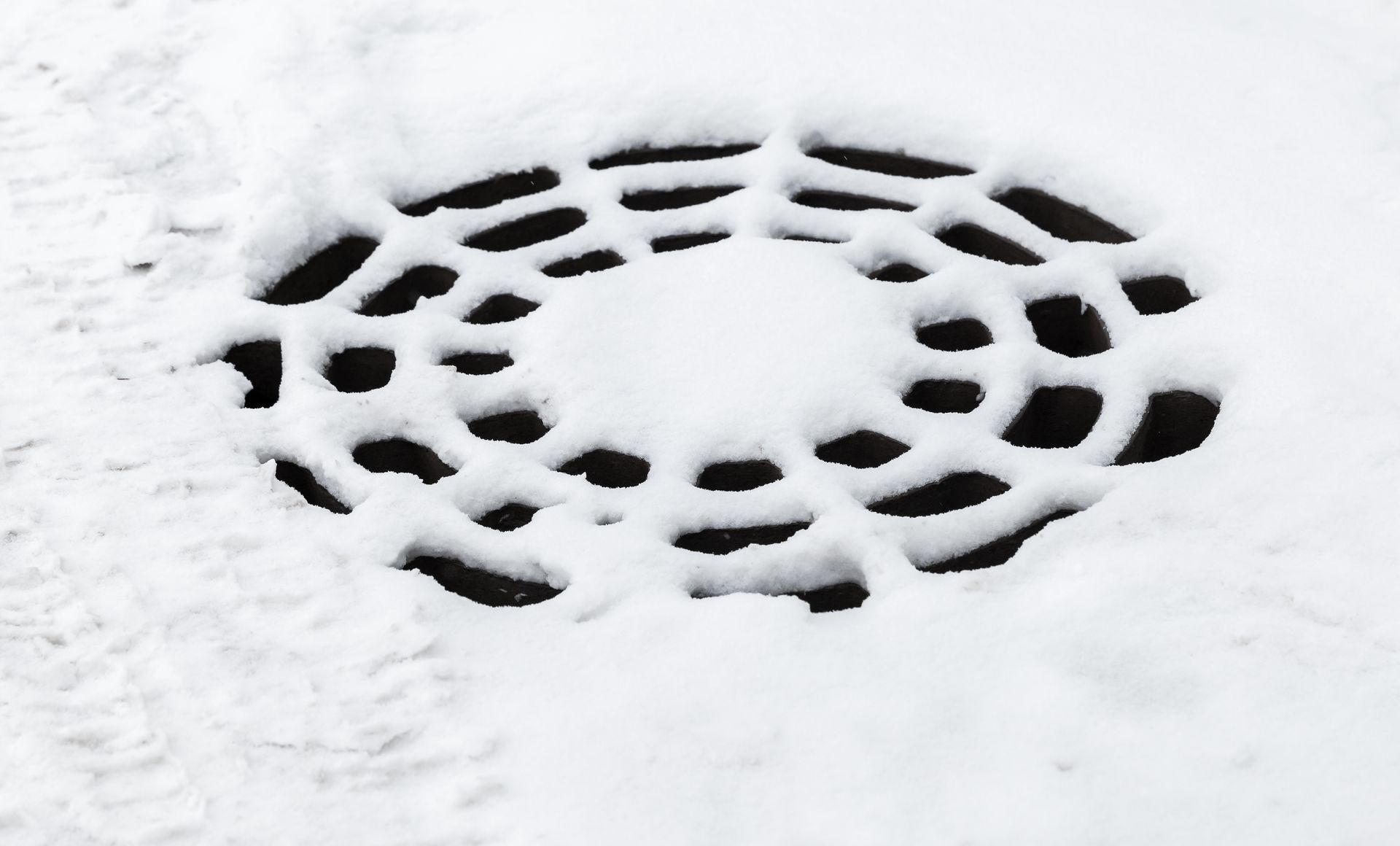
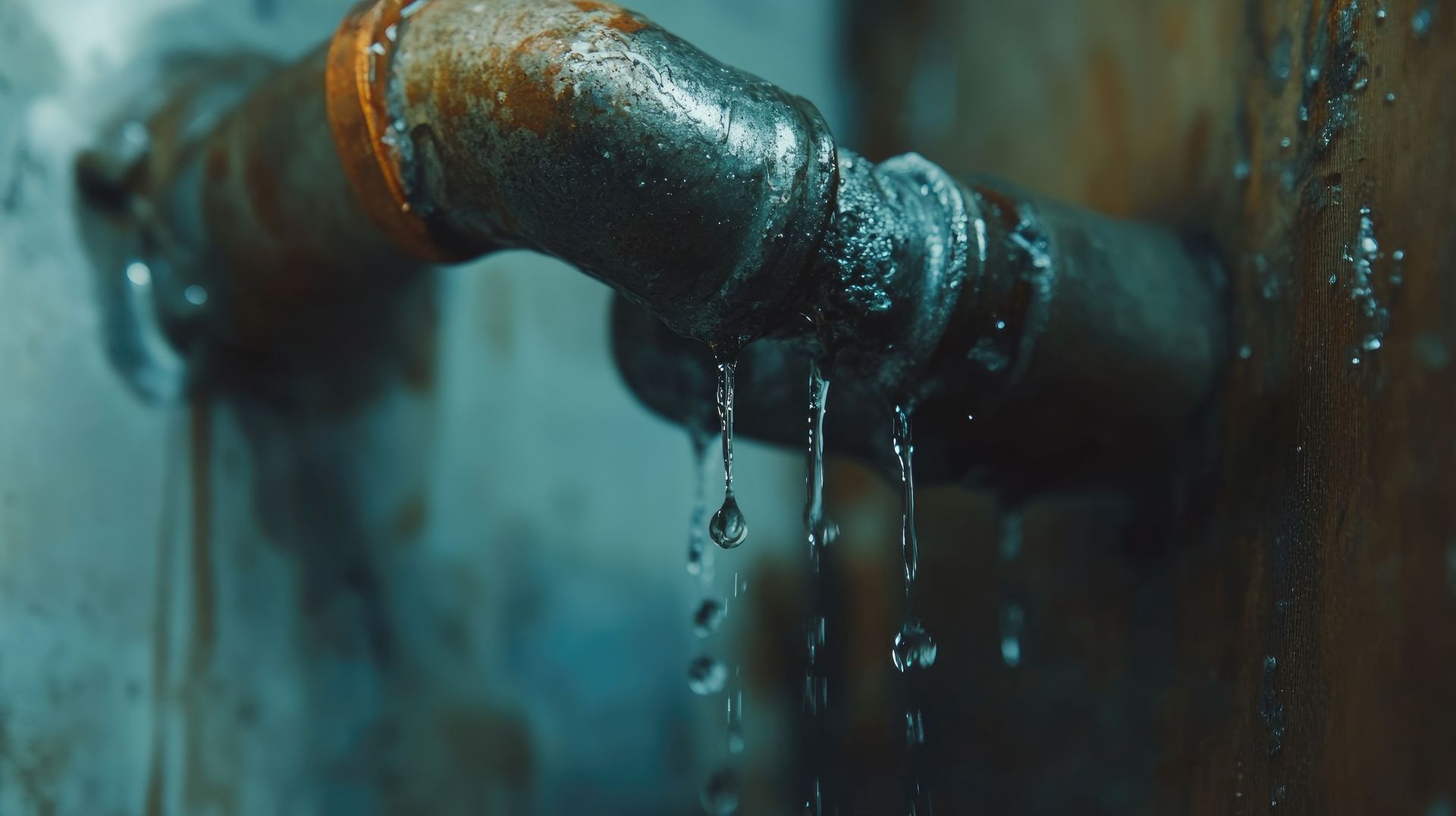
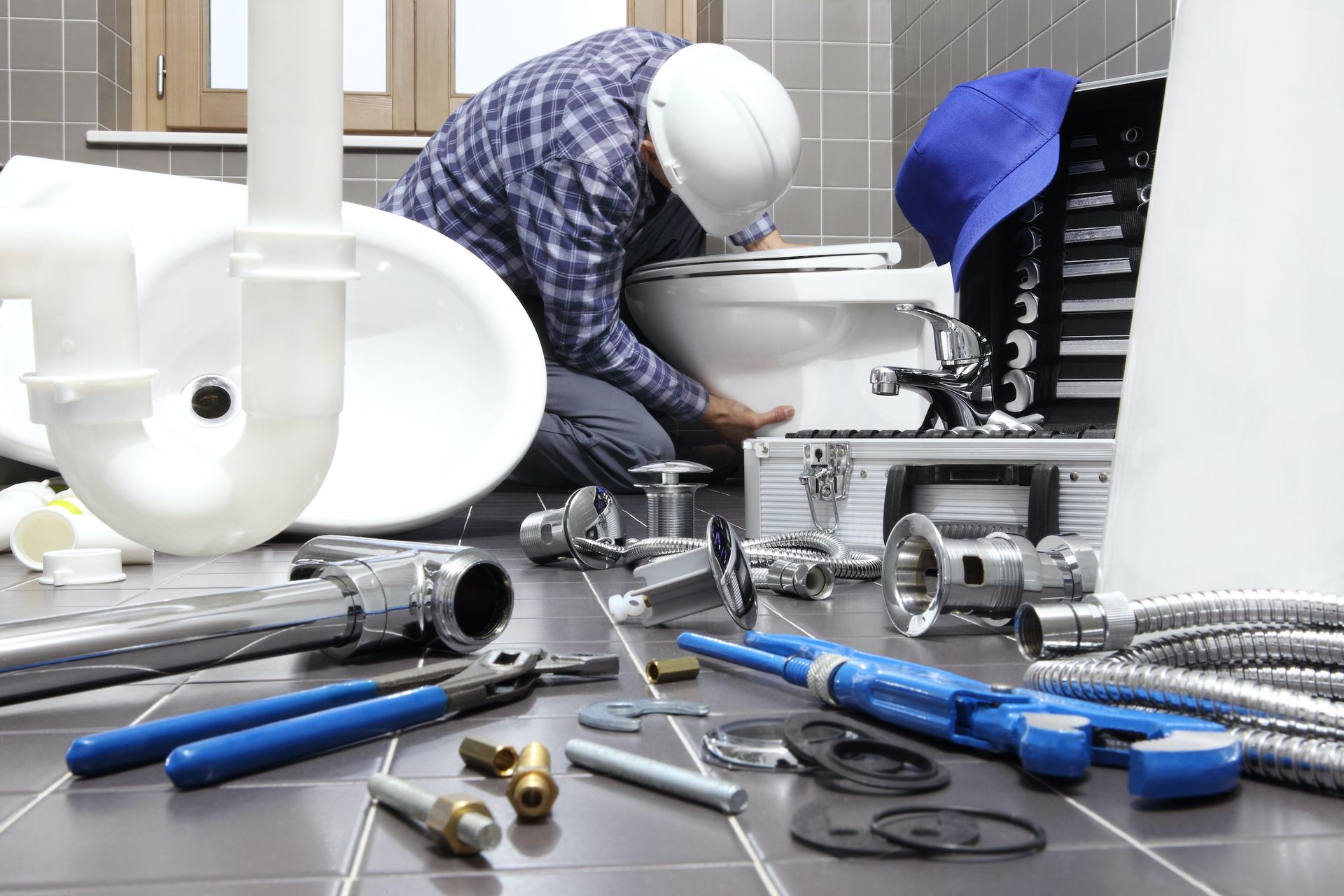
For over three decades, Hurley Plumbing has been providing high-quality commercial plumbing services in the Western Massachusetts area. . We are licensed, bonded, and insured, and we offer a 100% satisfaction guarantee on all of our work. We specialize in commercial plumbing, and we have the skills and experience to handle any job, big or small.
QUICK LINKS
RESOURCES
CONTACT


